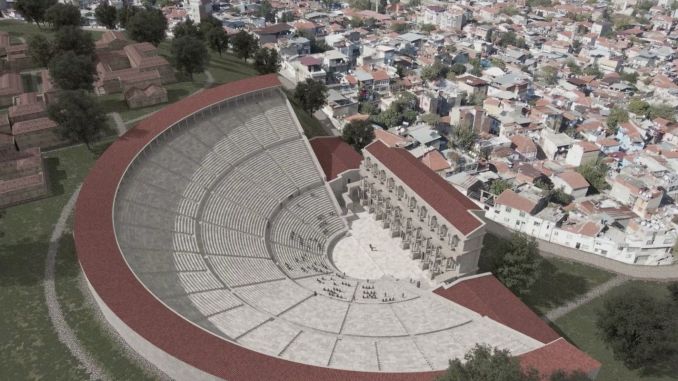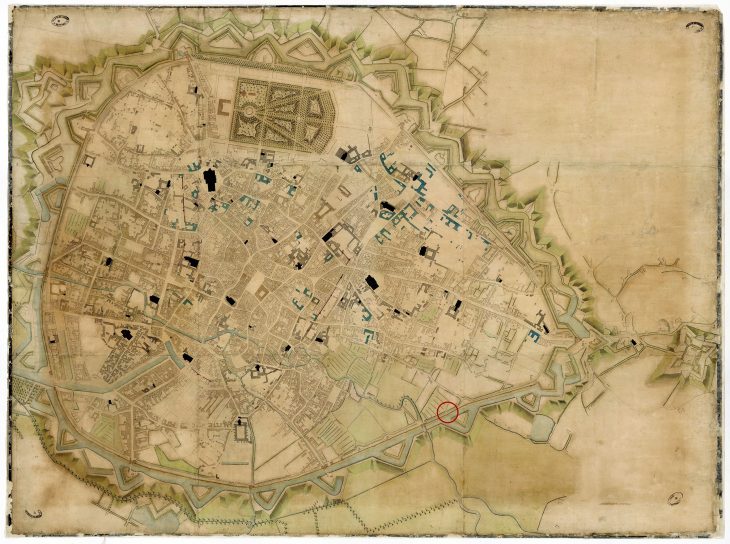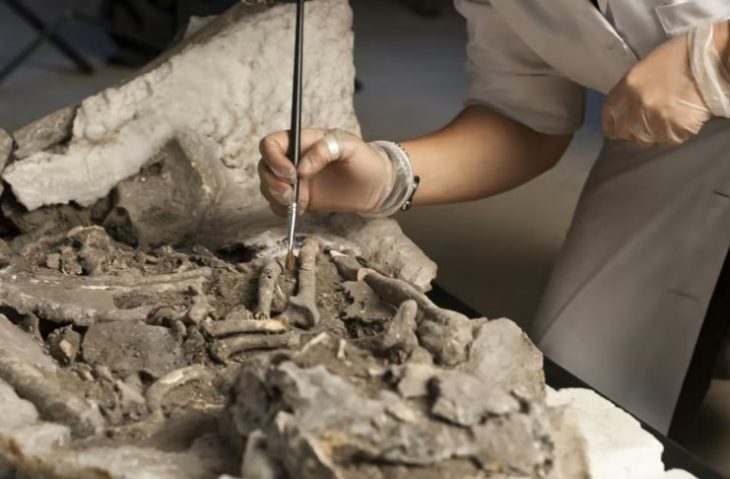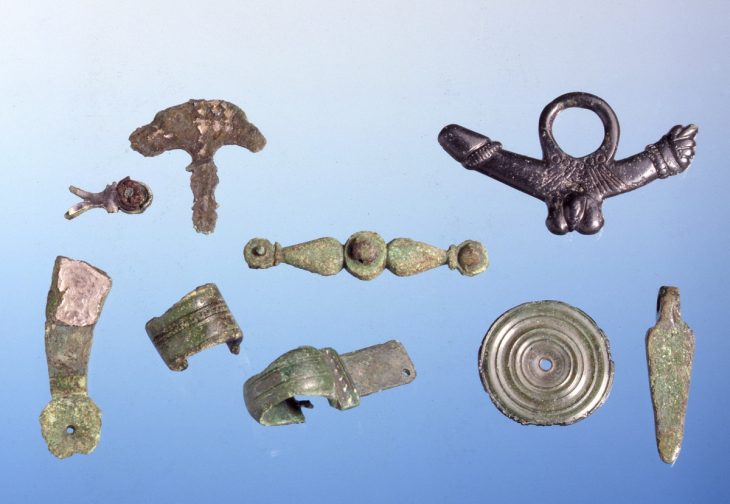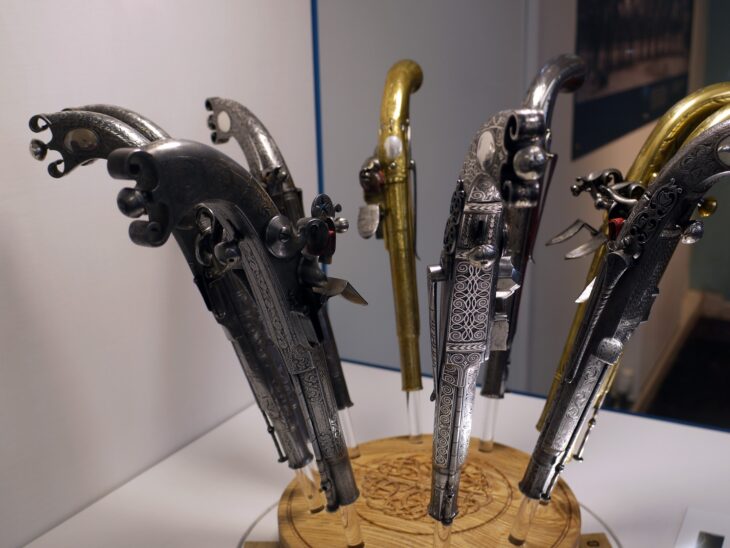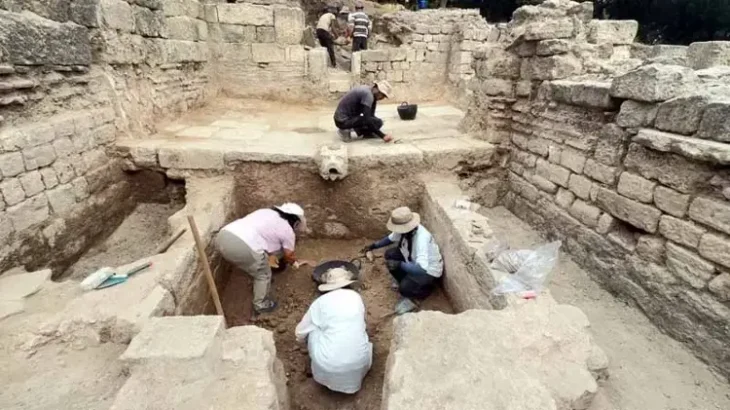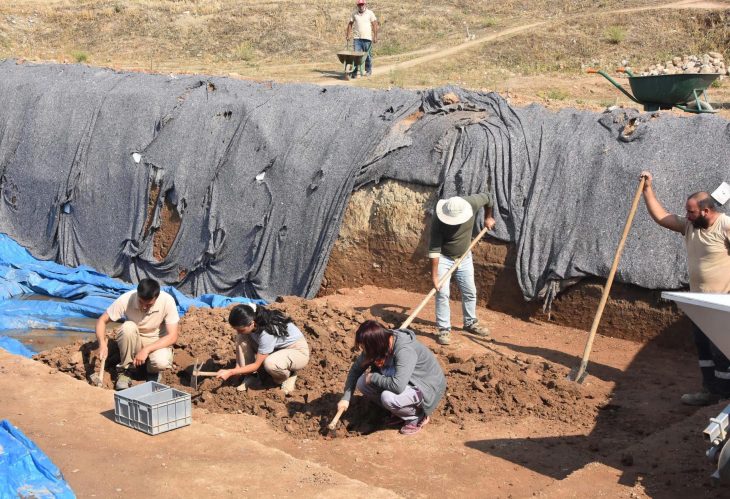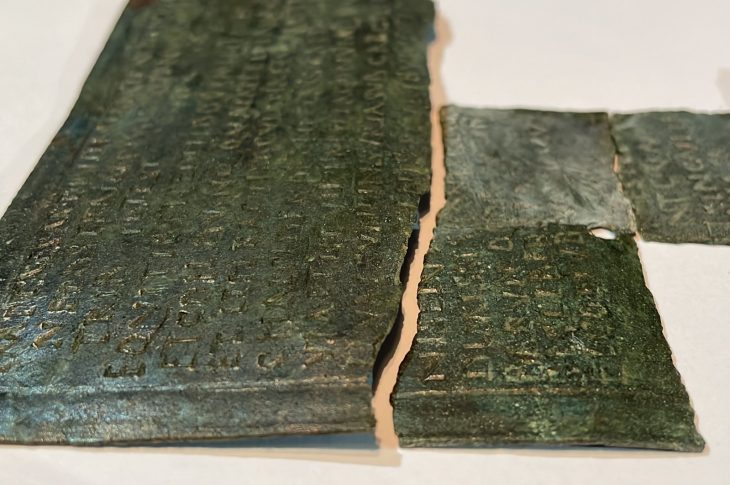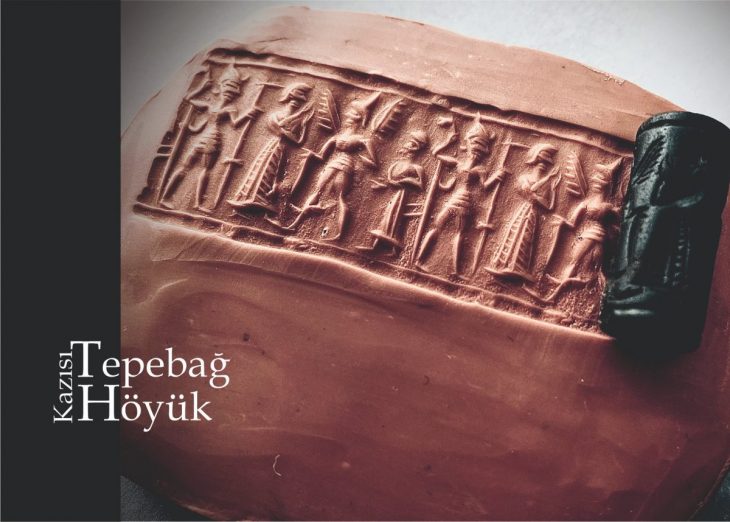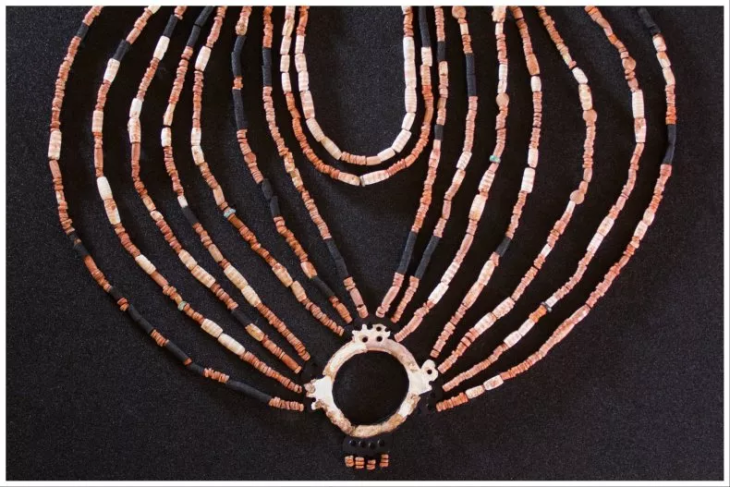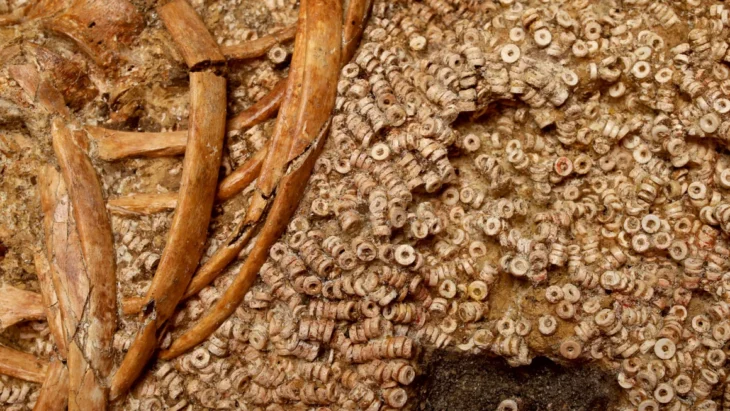The foundation walls of the large church of the rediscovered Royal Palace of Helfta in Eisleben in the German state of Saxony-Anhalt have been unearthed by archaeologists. The church was discovered earlier this month, and the foundation walls are now completely exposed.
According to the team studying the site, there is evidence of two dwellings at the site by Otto I and his son, Otto II ‘the Red,’ with the former attending the church’s inauguration.
Otto I, often known as Otto the Great, was King of Germany from 936 to 973 and Emperor of the Holy Roman Empire from 962 till his death in 973.
“With a length of 98 feet (30 meters) and a width of around 66 feet (20 meters), Otto had effectively built a church that resembles a miniature cathedral,” said project manager Felix Biermann.
“This is a magnificent, exceptionally large church, which proves the importance of this location in the Ottoman era,” the team said.
📣 Our WhatsApp channel is now LIVE! Stay up-to-date with the latest news and updates, just click here to follow us on WhatsApp and never miss a thing!!
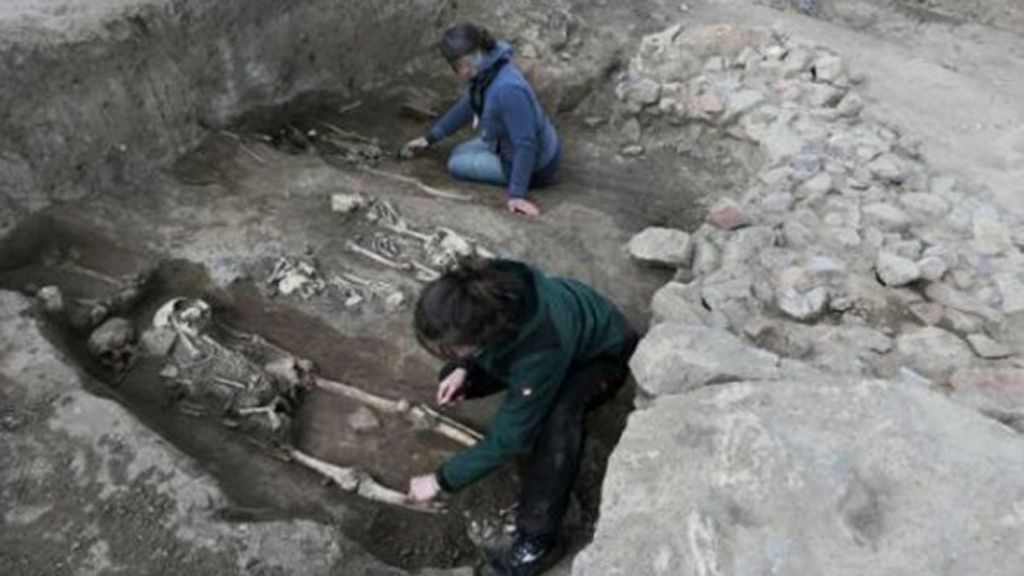
The church is thought to have been dedicated to Saint Radegund, the Thuringian princess and Frankish queen who founded the Abbey of the Holy Cross in Poitiers, before 968. She is also the patron saint of several churches in France and England and of Jesus College in Cambridge.
The church, which had been standing for roughly 500 years, was destroyed during the Reformation when the Western Church was split into Protestantism and what is now the Roman Catholic Church.
In addition to the foundation walls, a number of coins and a tiled stove from the 14th and 15th centuries, as well as a fragment of a bell, were found on the site.
Zenger News, A cemetery containing 70 graves was also found, as well as several stone tombs from the 10th to the 15th century, which, Biermann, was “the burial place for the aristocratic families of the region.” He said.
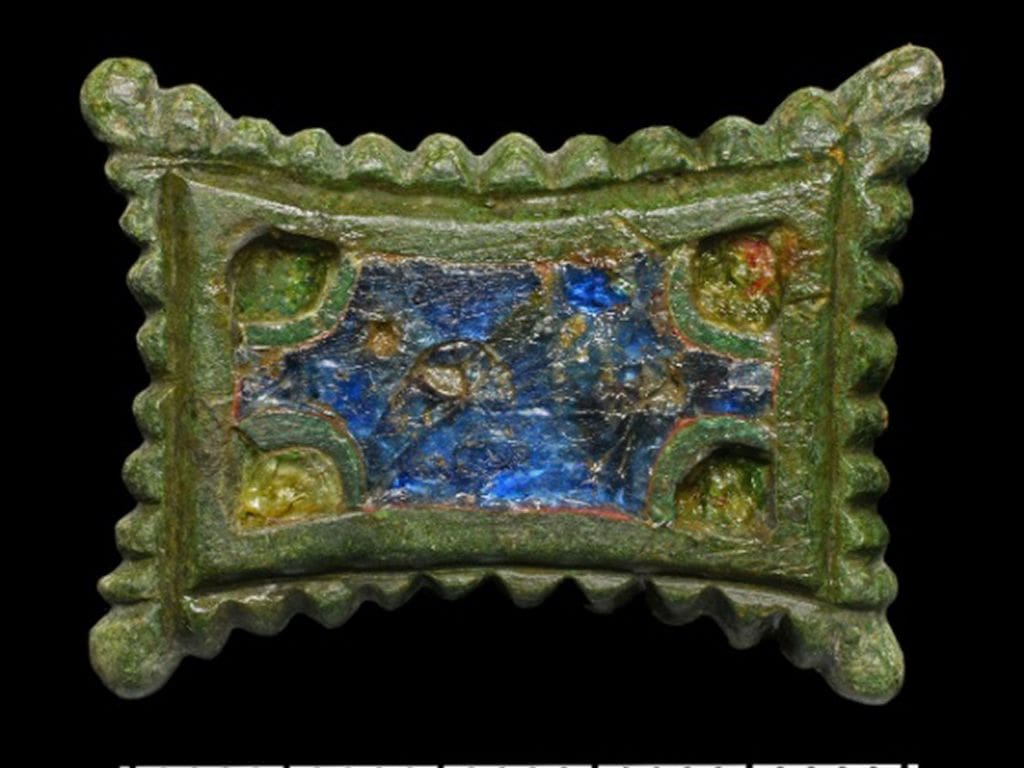
“In addition, belt fittings, belt buckles made of bronze, coins, knives and various utensils came to light. Numerous disc brooches from the Ottoman times, made of bronze, enameled and with glass inlays in a rectangular and circular shape, were excavated,” said Biermann.
“It is amazing to me what the archeologists and excavation helpers are bringing to light during this excavation,” said the mayor of the city, Carsten Staub.
The long-lost royal palace ruins atop the Kleine Klaus were the starting point for the current discoveries, which were unearthed in 2009 by geomagnetic prospecting, with the exploration gradually moving outside.
Aside from the church, the Palatinate included residential and commercial structures with pit dwellings, as well as grand residential buildings and possibly an auditorium where meetings were held.
Biermann said that the current excavations will continue until September.
Minister-President of Saxony-Anhalt Reiner Haseloff said the discovery will close “an important gap in the history of the country.”


